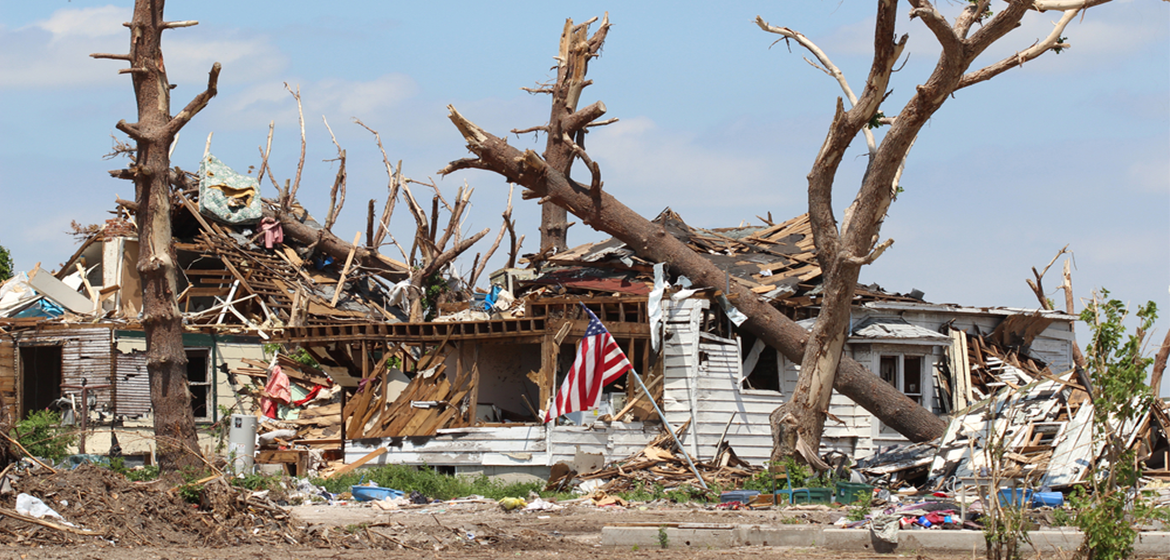Breaking Down Myths About Storm Damage Insurance Claims

Weather-related disasters can cause significant distress, both emotionally and financially. Storm damage insurance claims aim to alleviate the latter, but homeowners often grapple with a plethora of misconceptions that can hinder the claim process. By dispelling these myths, we can arm homeowners with knowledge and ensure they secure fair compensation post-disaster.
Understanding the Basics of Storm Damage Claims
Before we delve into debunking myths, it is essential to grasp the fundamental aspects of storm damage insurance claims. At its core, these claims are designed to provide compensation for damages incurred due to severe weather conditions, from hurricanes to hailstorms. But how well do homeowners understand this process?
Myth 1: All Storm-related Damages Are Covered Under My Policy
Contrary to popular belief, not all damages stemming from storms are automatically covered under a standard insurance policy. Coverage specifics depend on the nature of the policy and any exclusions therein. For instance, while a policy might cover wind damage, it may exclude flood damage. Hence, it is vital for homeowners to familiarize themselves with their policy’s nuances.
Myth 2: Reporting Minor Damages Will Increase My Premiums
There is a pervasive myth that filing a claim for minor damages will automatically spike insurance premiums. While claim history can influence rates, a single claim, especially for an uncontrollable event like a storm, might not necessarily result in higher premiums. Nevertheless, homeowners should assess if making a small claim makes financial sense in the long run.
Myth 3: The Insurance Payout Will Cover All Repair Costs
Upon facing a storm’s aftermath, homeowners might assume that the insurance payout will address all repair costs. However, factors like deductibles, policy limits, and depreciation can influence the final claim amount. It is crucial to factor these in and potentially consult with professionals offering public adjusting to ensure a fair payout.
Myth 4: I Should Accept the Insurance Adjuster’s Estimate Right Away
Insurance companies, at their core, are businesses. The adjuster’s initial estimate might not always reflect the true extent of damages. Homeowners have the right to contest these estimates. Services like appraisal services can offer a more comprehensive assessment, ensuring homeowners receive a payout that genuinely aligns with the damage incurred.
Myth 5: The Cause of Storm Damage Is Always Clear
Post-storm, the origin of certain damages might seem evident. However, distinguishing between damage caused by the storm versus pre-existing damage can be challenging. Relying on expert services, like preliminary inspections, can be invaluable in such scenarios, offering clarity on the actual damages that the storm precipitated.
Myth 6: Storm Damage Claims Must Be Filed Immediately
While it is beneficial to file a claim promptly, most insurance policies provide a window of time, often a year, to make a claim post-damage. This timeline allows homeowners to adequately assess damages, make temporary repairs, and consult professionals to ensure the claim’s accuracy.
Myth 7: My Insurer Has the Final Say
If there is a disagreement between the homeowner and the insurance company, it is not the end of the road. Before considering legal routes, homeowners can explore alternative dispute resolutions. For instance, umpire services can step in, providing an unbiased judgment on the claim, ensuring both parties reach an amicable resolution.
Myth 8: If My Claim Is Denied, I Cannot Do Anything
Claim denials, while disappointing, are not the final verdict. Insurers must provide valid reasons for denials. Homeowners can contest these, especially if they believe the denial was unjust. This contestation might involve presenting additional evidence, leveraging professional adjusters, or seeking mediation.
Myth 9: I Only Need Photos for My Claim
While photos are instrumental in documenting damages, a comprehensive claim encompasses more than just visual evidence. This could include repair invoices, professional evaluations, a list of damaged items, and their respective values. A holistic approach to documentation can expedite the claim process and ensure accuracy.
Storm damage insurance claims, while designed to provide financial relief, come with their own set of complexities. By debunking common myths, homeowners can better navigate the claim landscape, ensuring they receive fair compensation for their damages. Knowledge, combined with professional assistance, paves the way for a smoother, more informed claim journey in the storm’s aftermath.